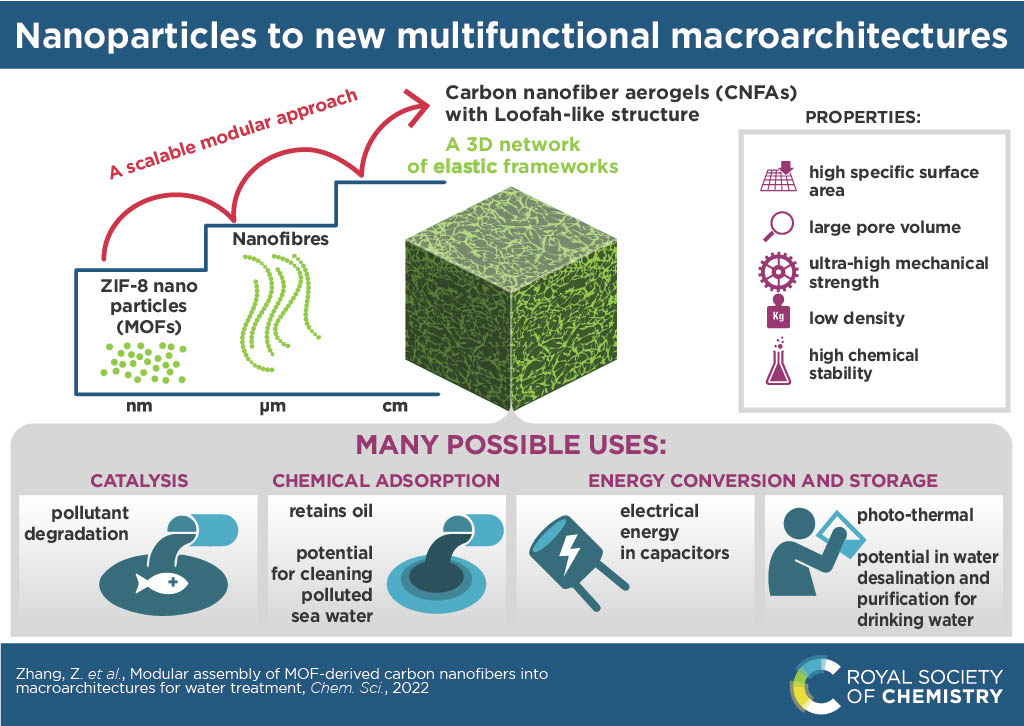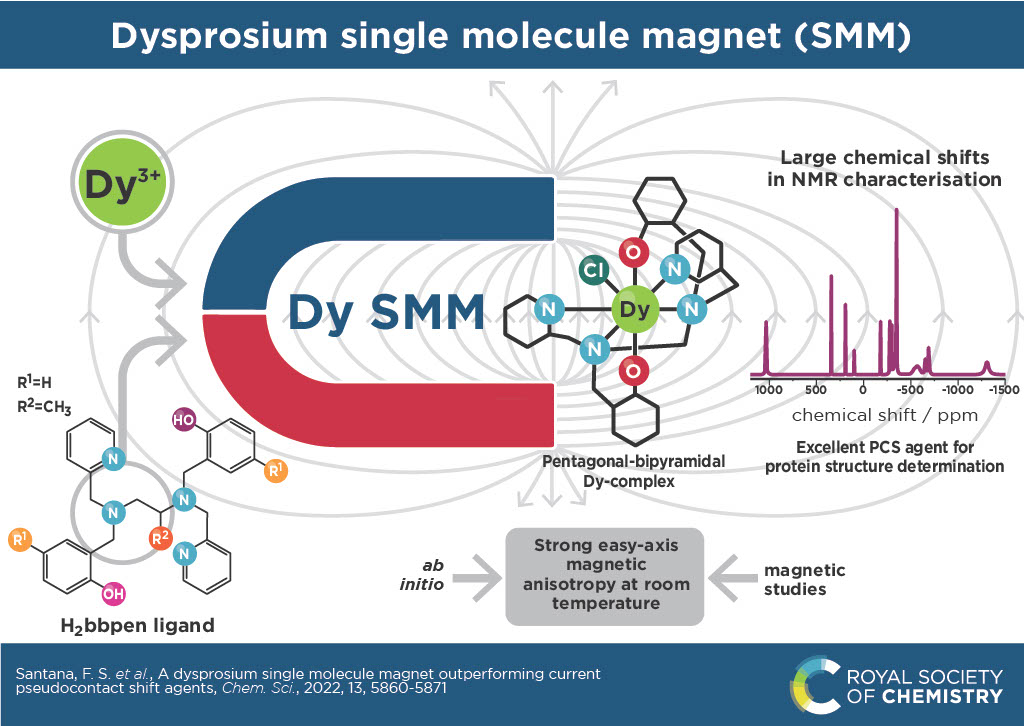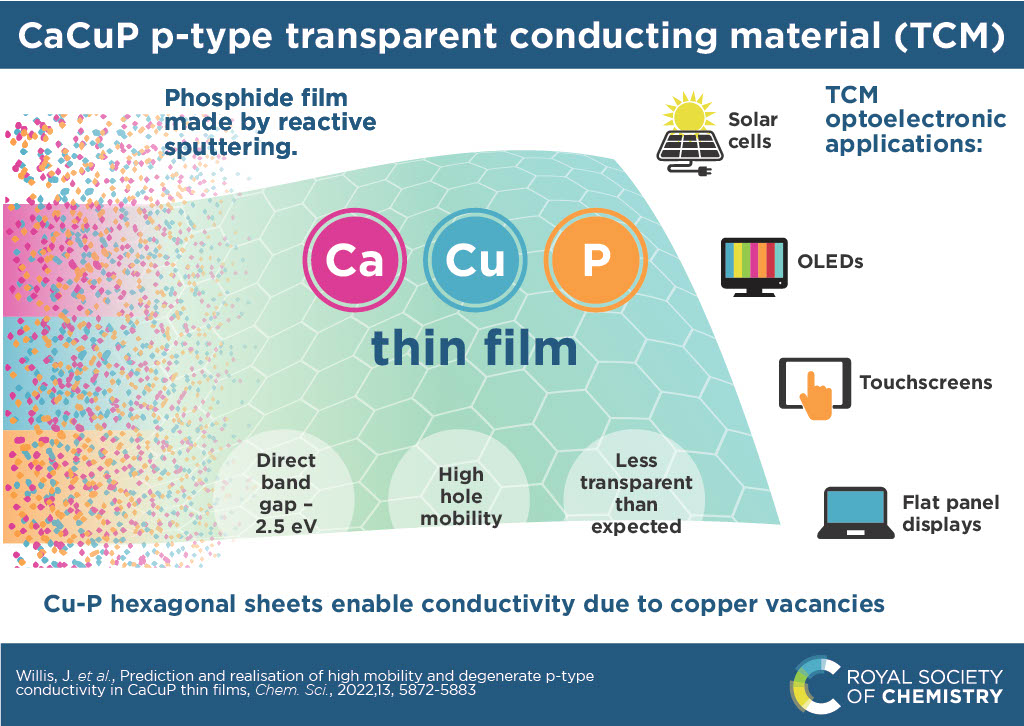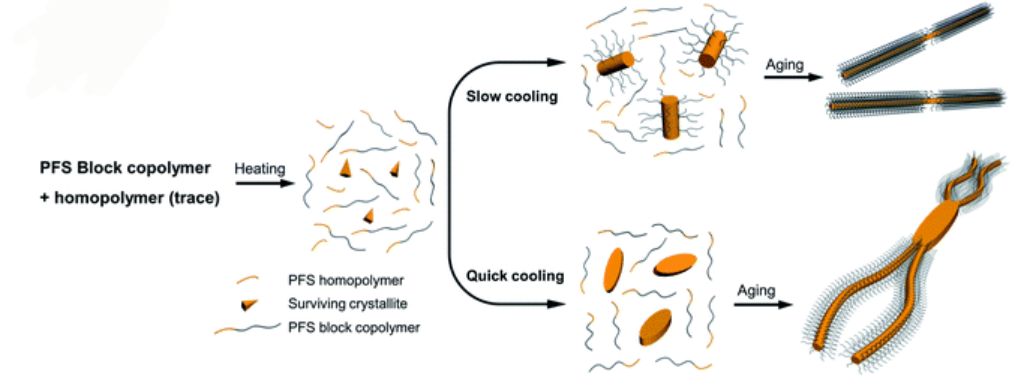We are pleased to share a selection of our referee-recommended HOT articles for January 2023. We hope you enjoy reading these articles, congratulations to all the authors whose articles are featured! As always, Chemical Science is free for authors and readers.
You can explore our full 2023 Chemical Science HOT Article Collection here!
Browse a selection of our January HOT articles below:
The spatial distribution of cobalt phthalocyanine and copper nanocubes controls the selectivity towards C2 products in tandem electrocatalytic CO2 reduction
Min Wang, Anna Loiudice, Valery Okatenko, Ian D. Sharp and Raffaella Buonsanti
Chem. Sci., 2023, Advance Article
Compact hydrophilic electrophiles enable highly efficacious high DAR ADCs with excellent in vivo PK profile
Philipp Ochtrop, Jahaziel Jahzerah, Paul Machui, Isabelle Mai, Dominik Schumacher, Jonas Helma, Marc-André Kasper and Christian P. R. Hackenberger
Chem. Sci., 2023, Advance Article
Germanium hydrides as an efficient hydrogen-storage material operated by an iron catalyst
Yoshinao Kobayashi and Yusuke Sunada
Chem. Sci., 2023, Advance Article
In vivo singlet state filtered nuclear magnetic resonance: towards monitoring toxic responses inside living organisms
Daniel H. Lysak, Flavio V. C. Kock, Salvatore Mamone, Ronald Soong, Stefan Glöggler and Andre J. Simpson
Chem. Sci., 2023, Advance Article
BOINPYs: facile synthesis and photothermal properties triggered by photoinduced nonadiabatic decay
Lizhi Gai, Ruijing Zhang, Xiuguang Shi, Zhigang Ni, Sisi Wang, Jun-Long Zhang, Hua Lu and Zijian Guo
Chem. Sci., 2023, Advance Article
Low-cost machine learning prediction of excited state properties of iridium-centered phosphors
Gianmarco G. Terrones, Chenru Duan, Aditya Nandy and Heather J. Kulik
Chem. Sci., 2023, Advance Article
From symmetry breaking to symmetry swapping: is Kasha’s rule violated in multibranched phenyleneethynylenes?
K. Swathi, Meleppatt Sujith, P. S. Divya, Merin Varghese P, Andrea Delledonne, D. K. Andrea Phan Huu, Francesco Di Maiolo, Francesca Terenziani, Andrea Lapini, Anna Painelli, Cristina Sissa and K. George Thomas
Chem. Sci., 2023, Advance Article

Submit to Chemical Science today! Check out our author guidelines for information on our article types or find out more about the advantages of publishing in a Royal Society of Chemistry journal.
Keep up to date with our latest articles, reviews, collections & more by following us on Twitter. You can also keep informed by signing up to our E-Alerts.
















